A Real Boy: How Autism Shattered our Lives & Made a Family from the Pieces by Christopher Stevens & Nicola Stevens, e-Book 2011 Edition; Extended Review with < My Thoughts > by Sara Luker+
(7% indicates the eReader book location, instead of page reference numbers).
7% The question everyone asks is, ‘When did you first know?’ We usually say that we knew something was badly wrong before David was two years old.
8% When David wasn’t howling, he was adorable. The first time we dared face the idea that there might be something wrong with him – something trivial, something easily righted – he was sixteen months old.
The whole street was painfully aware that David had suffered a series of ear infections. The screams that signaled physical pain were even more piercing, even more relentless, than his usual howls of protest at the injustice of existence.
(7% indicates the eReader book location, instead of page reference numbers).
7% The question everyone asks is, ‘When did you first know?’ We usually say that we knew something was badly wrong before David was two years old.
8% When David wasn’t howling, he was adorable. The first time we dared face the idea that there might be something wrong with him – something trivial, something easily righted – he was sixteen months old.
The whole street was painfully aware that David had suffered a series of ear infections. The screams that signaled physical pain were even more piercing, even more relentless, than his usual howls of protest at the injustice of existence.


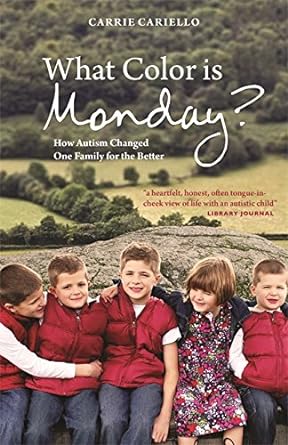
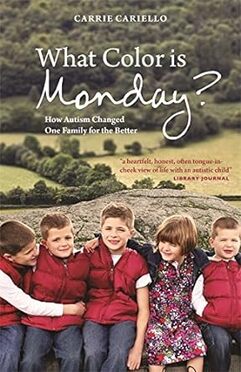
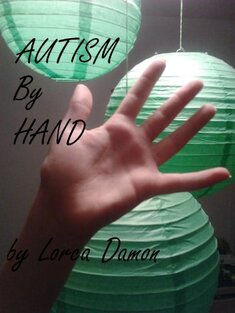


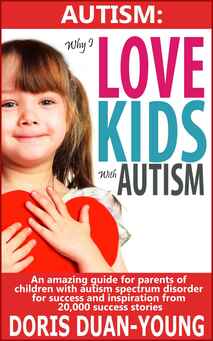

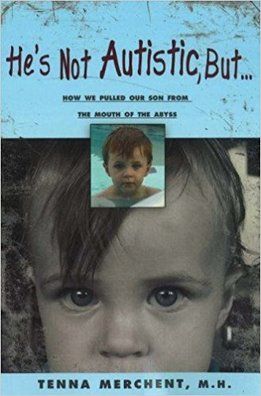

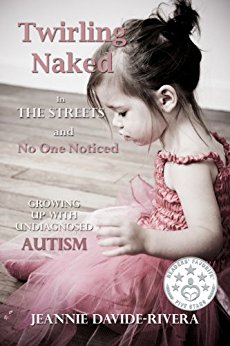

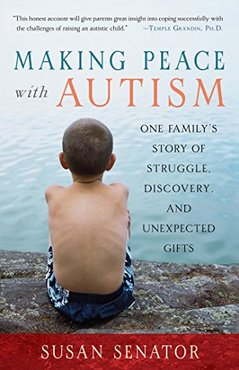


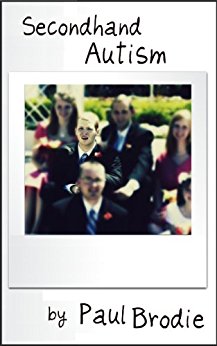

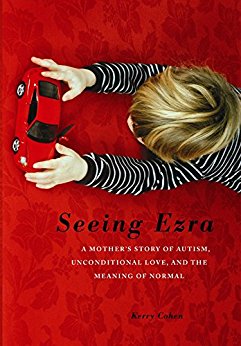

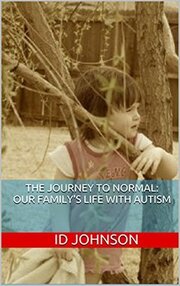

 RSS Feed
RSS Feed